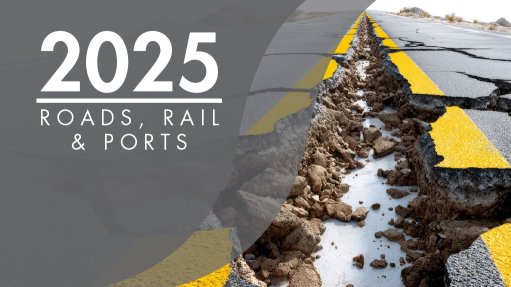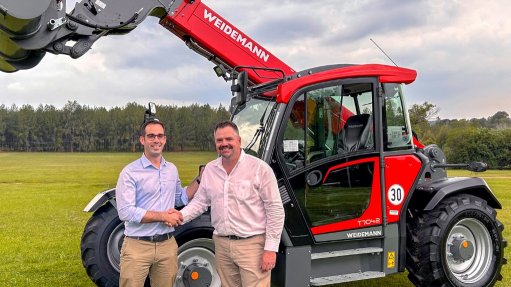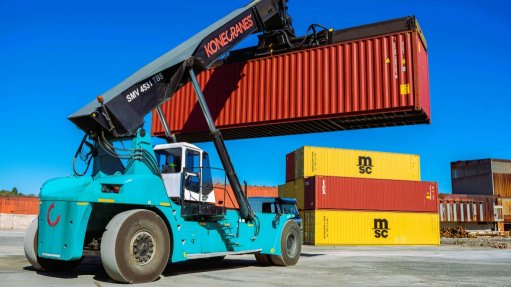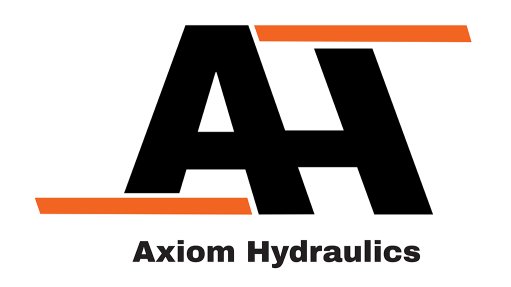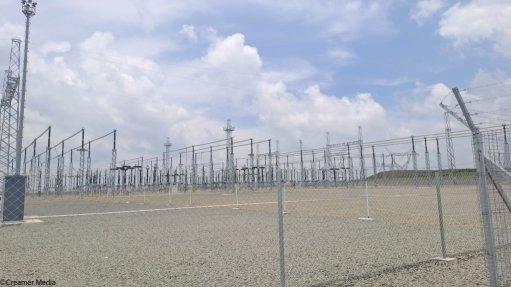Kenya is focusing on producing green hydrogen to make fertilisers to benefit its farmers
Kenya has made “significant strides” since it launched the Green Hydrogen Strategy and Roadmap for Kenya at the Africa Climate Summit in September 2023, Kenya Electricity Generating Company (KenGen) investment manager Paul Wambugu highlights to Engineering News. Under the strategy, the vision for the country is to use green hydrogen for sustainable socioeconomic development, while the strategic goal is to facilitate local green hydrogen production to promote fertiliser production, industrialisation, as well as to create youth employment, strengthen food security and reduce imports (thereby also reducing foreign exchange burdens).
The development of the strategy has been a collaborative endeavour. It has embraced Kenya’s Ministry of Power, Kenya Power, KenGen, the Energy and Petroleum Regulatory Authority, research institutions, academia, private sector partners and international development agencies (particularly the EU, and Germany’s GIZ). The strategy targets Kenya achieving a renewable-energy capacity, dedicated to green hydrogen, of about 150 MW, and an installed electrolyser capacity of some 100 MW, by 2027. Kenya already sources more than 90% of its electricity from renewable sources, including geothermal and hydropower, as well as wind and solar. (The country’s geothermal energy potential alone is more than 10 000 MW.)
The main user-case focus is on the production of fertiliser, using green hydrogen as a feedstock to produce green ammonia. Kenya’s agricultural sector forms the backbone of the country’s economy, accounting for more than 20% of its GDP, 40% of total jobs and more than 70% of rural jobs, and about 65% of total export earnings. But Kenya’s fertiliser use is only 65 kg/ha, against the global average of 146 kg/ha. And the use of fertilisers by Kenyan farmers is very sensitive to access and prices. There is thus a real opportunity and a real need for the local production of affordable fertiliser, which would boost agricultural productivity.
Regarding funding, there is considerable potential for concessional financing from international development agencies. Thus, German State-owned investment and development bank KfW has pledged €90-million in concessional funding, with potential grants totalling €40-million being negotiated. These amounts will be essential for the de-risking of initial investments and stimulating project implementation.
The localisation of the production of green hydrogen and its derivatives is expected to produce a number of socioeconomic benefits. Job creation, along the entire value chain, from renewable-energy infrastructure and electrolysis, to derivatives and fertiliser production and distribution, is obviously a major one. Another is industrial growth, through the stimulation of agroprocessing, food production and downstream chemical industries. Replacing imports, thereby saving foreign exchange, and strengthening both energy and food security, is yet another benefit. And, of course, producing green hydrogen is in line with Kenya’s Nationally-Determined Contributions to counter climate change, and its target to be net-zero in terms of carbon emissions by 2050.
The next steps required to advance the programme include complete feasibility studies, to validate the case, economically, technically and environmentally; the building of capacity by the development of the required skills locally; and to finalise the requisite policy and regulatory framework, including incentives. Also necessary are the securing of offtake agreements between KenGen and the fertiliser manufacturers. And there is the need to develop regional collaboration, continuing to work with the East African Community and the Africa Green Hydrogen Alliance, to scale up the programme and allow success to be replicated. (The East Africa Green Hydrogen Symposium was launched in Nairobi in May.)
“Kenya’s green hydrogen programme is at a formative yet strategic stage,” affirms Wambugu. “Anchored in strong political will, natural renewable resource endowments, and a compelling use-case in fertiliser production, the initiative is poised to drive green industrialisation while advancing food security and climate resilience.”
Article Enquiry
Email Article
Save Article
Feedback
To advertise email advertising@creamermedia.co.za or click here
Comments
Press Office
Announcements
What's On
Subscribe to improve your user experience...
Option 1 (equivalent of R125 a month):
Receive a weekly copy of Creamer Media's Engineering News & Mining Weekly magazine
(print copy for those in South Africa and e-magazine for those outside of South Africa)
Receive daily email newsletters
Access to full search results
Access archive of magazine back copies
Access to Projects in Progress
Access to ONE Research Report of your choice in PDF format
Option 2 (equivalent of R375 a month):
All benefits from Option 1
PLUS
Access to Creamer Media's Research Channel Africa for ALL Research Reports, in PDF format, on various industrial and mining sectors
including Electricity; Water; Energy Transition; Hydrogen; Roads, Rail and Ports; Coal; Gold; Platinum; Battery Metals; etc.
Already a subscriber?
Forgotten your password?
Receive weekly copy of Creamer Media's Engineering News & Mining Weekly magazine (print copy for those in South Africa and e-magazine for those outside of South Africa)
➕
Recieve daily email newsletters
➕
Access to full search results
➕
Access archive of magazine back copies
➕
Access to Projects in Progress
➕
Access to ONE Research Report of your choice in PDF format
RESEARCH CHANNEL AFRICA
R4500 (equivalent of R375 a month)
SUBSCRIBEAll benefits from Option 1
➕
Access to Creamer Media's Research Channel Africa for ALL Research Reports on various industrial and mining sectors, in PDF format, including on:
Electricity
➕
Water
➕
Energy Transition
➕
Hydrogen
➕
Roads, Rail and Ports
➕
Coal
➕
Gold
➕
Platinum
➕
Battery Metals
➕
etc.
Receive all benefits from Option 1 or Option 2 delivered to numerous people at your company
➕
Multiple User names and Passwords for simultaneous log-ins
➕
Intranet integration access to all in your organisation





